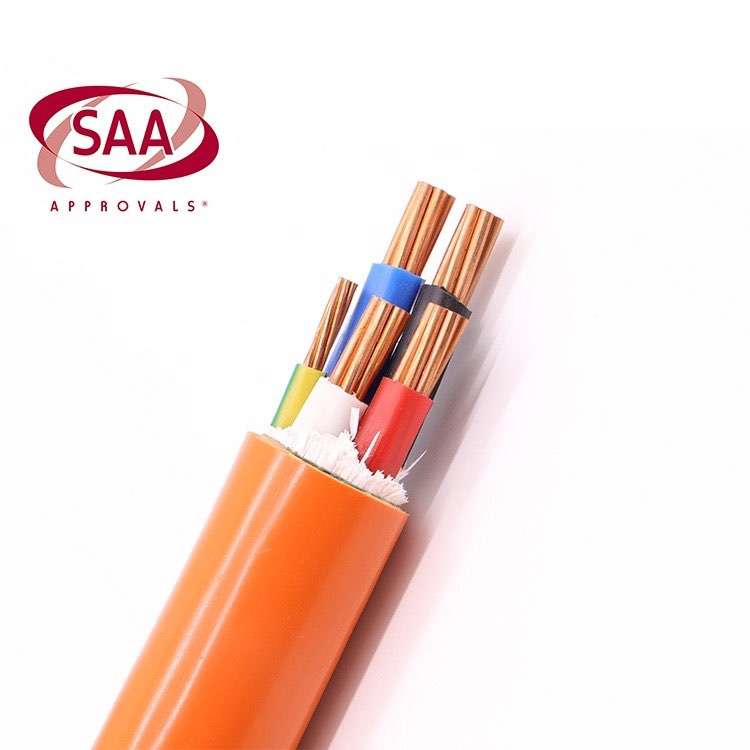 Author: Joey Wan
Author: Joey Wan  September 11,2023
September 11,2023
Cross-linked polyethylene insulated cables (cable xlpe 95mm2, cable xlpe 240, xlpe cable 150mm2,) are mainly composed of conductors, insulation layers, metal shielding layers, sheaths and accessories.
1. Conductor: Conductor is the main part of the cable that transmits electrical energy. There are two main materials: copper conductor and aluminum conductor. Copper conductors have good electrical conductivity, strong oxidation resistance, and strong corrosion resistance, but are expensive; aluminum conductors are cheap, but have low conductivity, and the conductor cross-sectional area needs to be increased to meet power transmission requirements.
2. Insulation layer: The insulation layer is a key part of the cable (xlpe cable 180mm2, xlpe cable 240mm, xlpe cable 3c) for transmitting electric energy. It effectively prevents current leakage and discharge between charged objects, reduces current loss, and improves cable transmission efficiency. The thickness of the cross-linked polyethylene insulation layer is generally 0.8mm-1.2mm. Electron beam or radiation cross-linking technology is used to cross-link the molecules to improve the insulation performance.

3. Metal shielding layer: The metal shielding layer provides protection measures for cables (xlpe cable 3x120, xlpe cabl 300mm2) against lightning strikes and reducing electromagnetic field interference. Common metal shielding materials include copper tape shielding and aluminum foil shielding, and the shielding effect is remarkable.
4. Sheath: The sheath is the outer protective layer of the cable, protecting the cable from mechanical damage, chemical corrosion and environmental effects. Common sheath materials include PVC, PE, HDPE, LSZH, etc.
